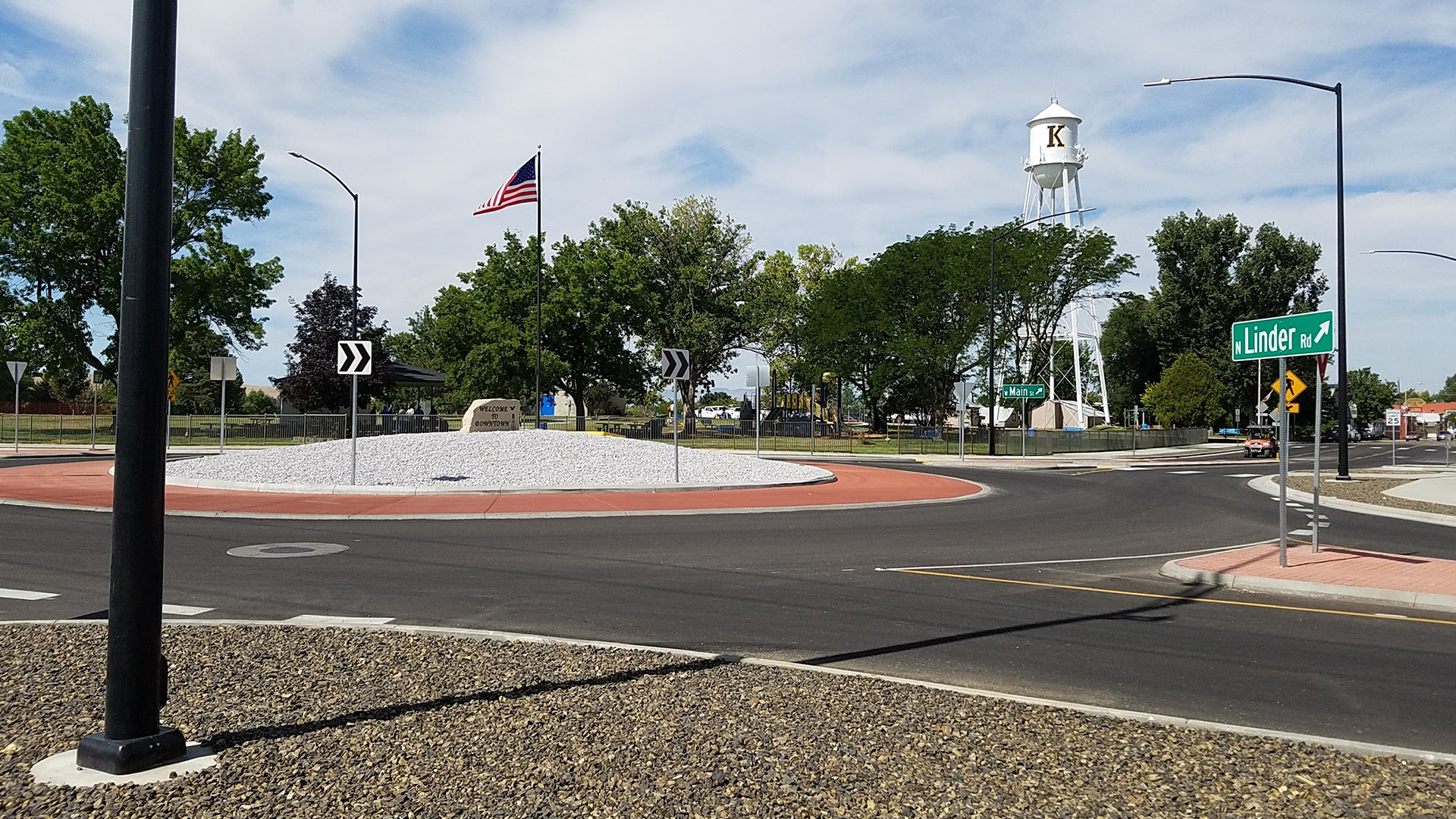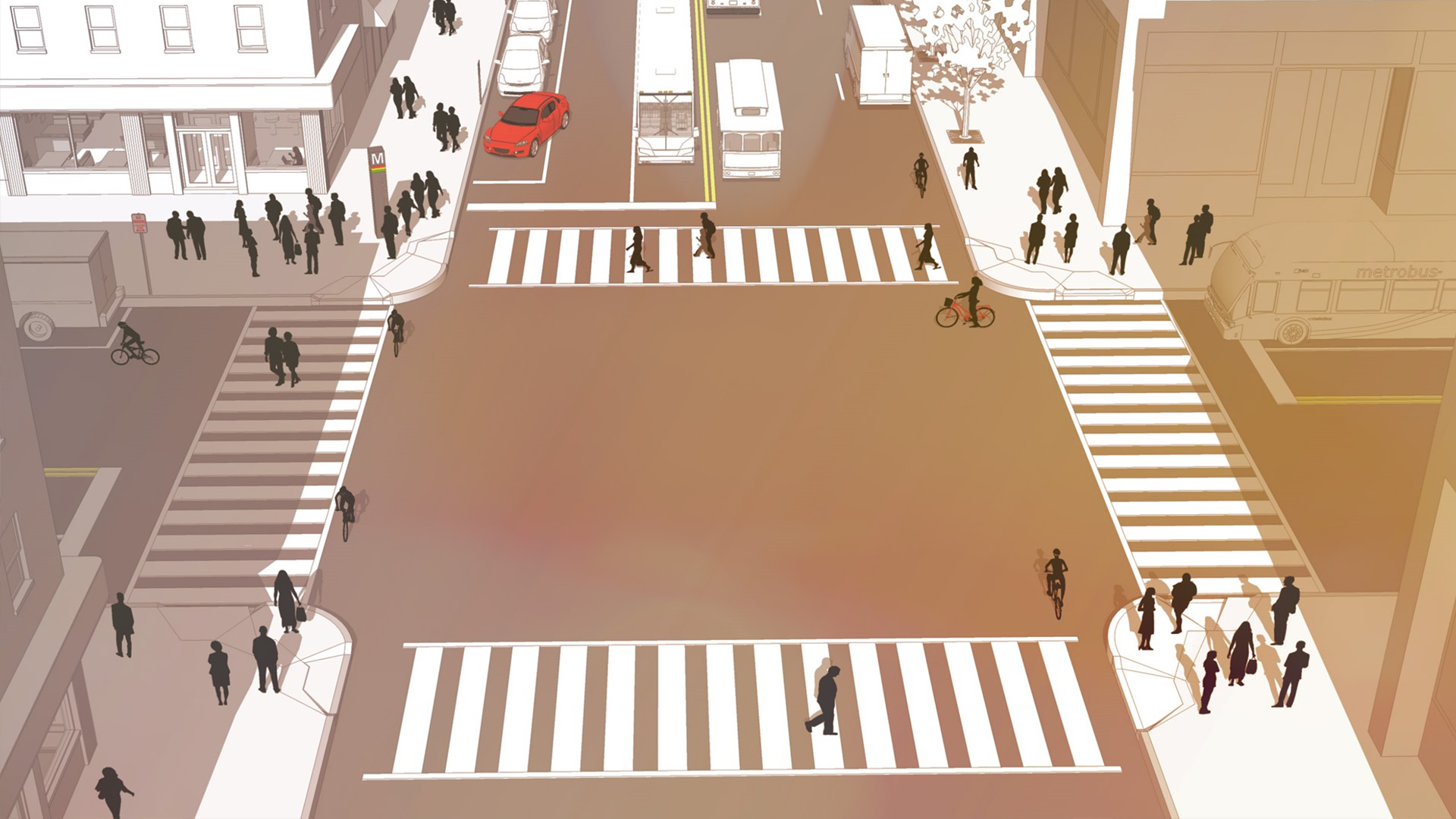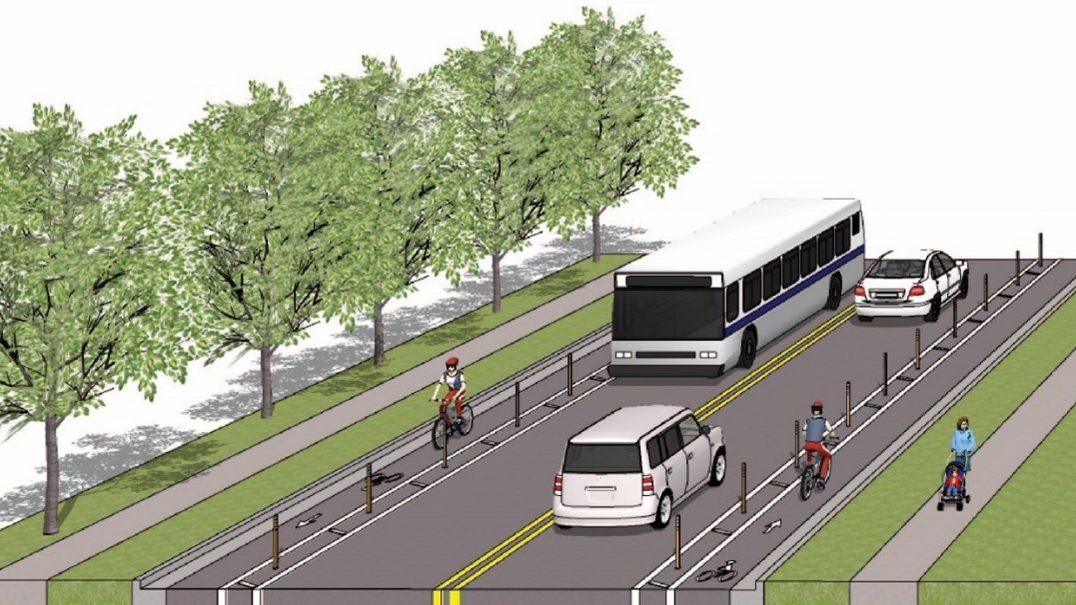Challenge
The Tobin Bridge in Boston, Massachusetts was experiencing traffic build-up during peak periods that caused congestion on the bridge. This project analyzed if it was feasible to convert one of the three general-purpose travel lanes on the Tobin Bridge (US 1) to a managed lane-a bus-only, HOV 2+, and HOV 3+ lane. Vehicles permitted to use the managed lane would be able to bypass the queue that routinely builds during peak periods.
Solution
Kittelson conducted a microscopic simulation of each scenario with VISSIM. The Boston MP (CTPS) ran a travel demand model for each scenario and Kittelson post-processed volumes. The analysis was conducted for pre-COVID conditions, and Kittelson developed COVID adjustment factors for the area based on historical traffic volumes and newer counts at select locations.
Kittelson oversaw a field study of vehicle occupancy that CTPS used to calibrate the model’s US 1 mode split. Kittelson used INRIX data, Streetlight data, and field studies to calibrate the VISSIM models. An iterative process determined the extent of the managed lane as well as whether a right-side or left-side managed lane is preferred in the northbound direction.
The Outcome
A Creative Solution to a Bridge Bottleneck
Kittelson analyzed the feasibility of converting the travel lane on the Tobin Bridge to a managed lane and found it to be feasible. Kittelson also supported public involvement for the managed lane throughout the planning and implementation process.



